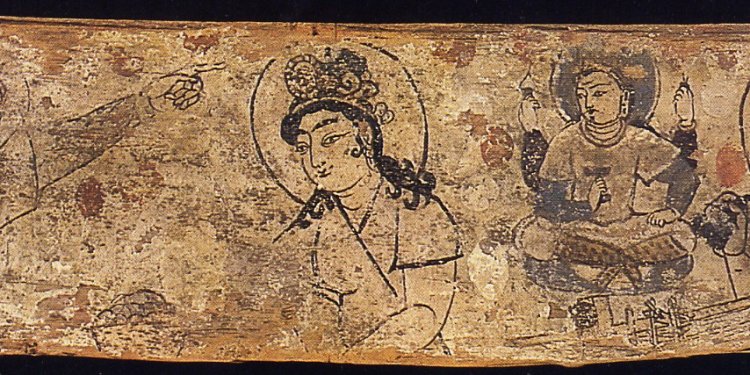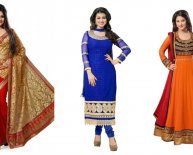
Traditional Indian clothing Information
 Image copyright laws Hulton Archive
Image copyright laws Hulton Archive
Recently in India a man slapped actress Gauhar Khan on a TV set for using a "short dress" and news appeared of outrage in a Mumbai legislation college at a strict gown code imposed on students. Fashion historian Toolika Gupta discusses a few ideas of decorum popular across India through the centuries.
Every country features its own erogenous areas. What numerous Indians today believe tend to be home-grown ideas of decorum and modesty have been Brit imports - bequeathed to us because of the Raj.
The initial representations of females demonstrate to them with just minimal garments.
In sculptures from Maury and Sunga durations (about 300 BC) - both women and men wore rectangular bits of material, from the reduced an element of the body and one on upper part. Minimal else.
Image copyright OtherPhotos through the Gupta duration - towards seventh or 8th Century - tv show stitched top garments alongside a breast band, in addition to a reduced apparel.
Modesty has already established different meanings eventually plus different areas and communities. It was not at all times about addressing that person and body plus in many respects Asia's hot weather led just how. Men and women just did the thing that was convenient.
The salwar kameez
- Salwar - a pair of light, free, pleated pants tapering to a tight fit around the legs
- Kameez - an extended tunic
Resource: Oxford English Dictionary
However the local variations are interesting. In south Asia, even yet in colonial times, some ladies couldn't cover the top of element of their body. And throughout Asia's history of contact with various cultures - with Greek, Roman, Arab and Chinese impacts arriving - fashions and some ideas begun to alter.
Inside fifteenth Century we come across Muslim and Hindu women wearing various clothes plus the impact associated with the Mughal kingdom ended up being definitive - they ruled the majority of Asia and Pakistan in 16th and seventeenth Centuries. I have not seen written rules about how to outfit, but Muslim ladies generally covered by themselves and wore split garments. These clothes provided birth to garments like salwar kameez - virtually viewed as a national clothe themselves in India these days.
Image copyright laws Auguste RacinetIn Bengal, into the Victorian era, some women would not wear tops under their particular saris - they moved bare-breasted. This would not suit Victorian community, which had its a few ideas of propriety, and tops increasingly became the norm.
Image copyright British Library Board, picture 124/(36) Image caption Bengali women in the first 1860sIt absolutely was Jnanadanandini Debi, the wife of Satyendranath Tagore - brother associated with the famous Bengali poet Rabindranath Tagore - whom popularised the tops, coats and chemises plus the modern-day style of the sari today after she had been reportedly refused entry to clubs underneath the Raj for wearing the sari material over the woman bare tits. Tagore is known having definitely encouraged their spouse to consider Western tips.
The terms "blouse" and "petticoat" - both English - made the leap into Indian vocabulary into the Victorian era. Shirts also came to be used in sari within large style and these rather Uk innovations are believed old-fashioned garments.
Image copyright laws Press EyeThough it could be revealing, because the crop top makes the midriff bare, the sari blouse has long been deemed decorous and related to custom. In India it was very important to a female to pay for the woman body with a draped material here no real matter what is underneath.
The Uk influence only became more powerful eventually. We see different varieties of blouses to arrive with sleeve structures, and different necklines.
Image copyright © The British Library Board, Photo 10) Image caption at level regarding the Victorian age the British and Indian fashions rather resemble one anotherIn India, unlike in Britain, there aren't any written rules of conduct or sumptuary laws by what should really be used. What was considered ideal was spread through recommendations.
So today's guardians of the hemline - just who definitely believe these are generally safeguarding ladies by recommending exactly what females should put on - are after into the footsteps of older political overlords.
Indian women today are a lot freer to-do what they want, at least into the places, however we come across gown rules becoming set and females condemned for what they wear. Some people even make an association between garments and rape.
These people hardly understand that ideas of decency are continuously changing and rape just isn't due to just what ladies put on but of how particular men think.

















